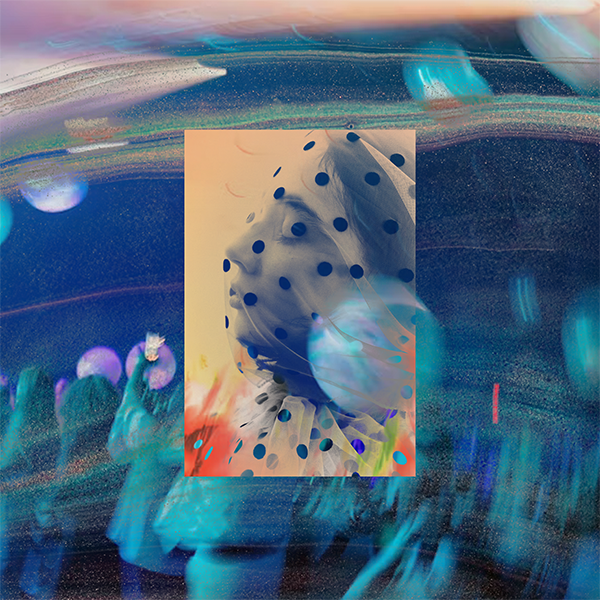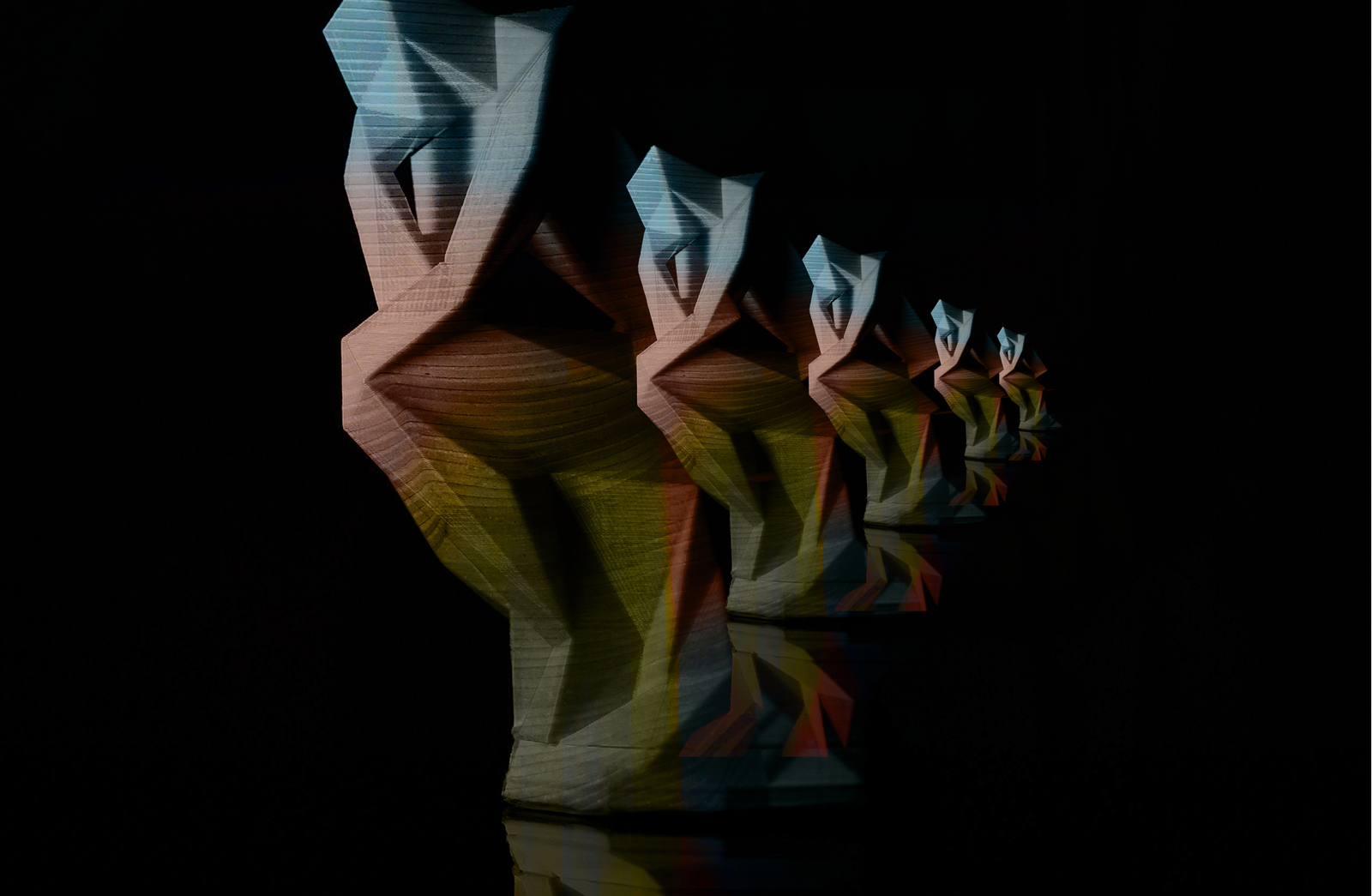Made for a Place Called Good
It’s easy to take things for granted, easy to assume people have always seen and engaged the world the same way we do. It’s easy to assume people have always made similar assumptions about the nature of things and asked similar questions. That’s true in some instances, but we are cultural beings, grounded in place and time. The ideas we have, the beliefs we hold, and even the questions we ask are more culturally influenced than we imagine. Rewind the clock 700 years, and you will find a culture of different assumptions, questions, answers, and experiences. We miss this because we aren’t the best historians. We don’t pay enough attention to the past to see how it’s both similar to and different from the present. And because we don’t pay attention to the past, we don’t really understand the present. It’s as if we fell asleep while someone else was driving. Now we’re here, but we’re not really sure how we got here.
And because we don’t pay attention to the past, we don’t really understand the present. It’s as if we fell asleep while someone else was driving. Now we’re here, but we’re not really sure how we got here. Share on XWhat we need is a history of the present, and that’s exactly what philosopher Charles Taylor dedicated his life to writing. Taylor’s work is about the story of now, exploring how we got to where we are and how assumptions, ideas, beliefs, and experiences have changed over time.1
As Taylor unfolds his story, we start to understand certain “causes” to the shifts and changes in our world. As we dig deeper, we see a pattern to these “causes,” what Taylor will dub “Reform.” “Reform” references a series of movements and attitudes that were underway in the late medieval period. Think of the Renaissance and the Protestant Reformation. Taylor says these movements came from a “dissatisfaction with the hierarchical equilibrium.”2 People were growing tired of a two-tiered system that separated, categorized, and divided the world into powerful and weak, holy and profane, rich and poor, royal and peasant, bourgeoise and proletariat. The problem wasn’t simply class structure, but also all the intellectual maneuvering the powerful did to justify their position. The religion, science, and philosophy of the day legitimated the position of the powerful. Medieval reform movements began to question the way things were. The Protestant Reformation challenged religious institutions, the unassailable power of the pope, and the position of the laity. The Renaissance questioned politics, sciences, and notions of the world that conveniently upheld existing structures.
When Identity Is Disconnected
One of the easiest and most profound examples of this change can be seen in our Western understanding of identity. Because the world is drifting away, untethered to any higher sense of meaning or depth, philosophers like Descartes connected identity to the mind and not to the material world or the transcendent. We think, therefore we are. This premise set the groundwork for movies like The Matrix, where people live their lives via their minds, inside a program. But for most of time, identity was connected to place and people. Theologian Willie Jennings writes:
It is a truism to say that humans are bound to the earth. However, that articulated connection to the earth comes under profound and devastating alteration with the age of discovery and colonialism. A central overlooked implication of that sense of connection is the articulation of place-bound identity, a form of existence before or ‘below’ race, within place itself.3
Human identity changed because our understanding of the world changed. Place gave us a sense of identity because it was more than “land.” As we cut ties with transcendence, we lost our sense of mystery and depth. It’s important to say that it’s not all bad; during this shift, we lost some superstitions, advanced science and medicine, and developed a new trust in human ability to make something of the world. But the curse is that our world is reduced and flattened, becoming, more or less, an empty mechanism, a machine.
Manufacturing Mysteries
Western people, religious and non-religious alike, have been raised with an immanent imagination. The world and the material are flat, mechanistic, and simple. It’s an imagination we assume is true. We don’t question it, don’t test it––because we don’t know to. If you’re a religious or spiritual person, you might protest and say, “No, I believe in God and spiritual realities.” It’s easy to believe in God or spiritual things in the conceptualization of a reduced earth. Maybe we say we believe spiritual things happen in our world all the time. But again, this is not the same. Believing in angels, New Age spiritual phenomenon, or ghosts can easily be a way of separating out the material and the transcendent. We can believe there are spaces of mystery, but not that our world is inherently deep and wide.
Belief in spiritual or mystical things is easy and increasingly popular in our world. Western people might be less Christian, but they’re not less “spiritual.” Terry Eagleton writes that this rise of belief in mystical things is a product of our reductionistic materialism:
People . . . resort to bogus forms of spirituality as a much-needed refuge. A gullible belief in wood nymphs, magical crystals, theosophy, or alien spacecraft is simply the flip side of their worldliness. It is no wonder that Tarot, packaged occultism, and ready-to-serve transcendence should be so fashionable in the Hollywood hills.4
We’ve reduced the world, but we can’t live with the loss, so we try to inject our lives with mystery and depth. But our imagination hasn’t changed, so we’re just filling our world with shallow counterfeits.
We’ve reduced the world, but we can’t live with the loss, so we try to inject our lives with mystery and depth. But our imagination hasn’t changed, so we’re just filling our world with shallow counterfeits. Share on XOur world is haunted; we feel the faded memories of a bigger time. But that feeling is a spectral sense of something, an unrecognizable desire for more. So we go searching, hunting for ghosts in empty houses. We’re looking in the wrong places––chasing Shiva in the mountains to glimpse a miracle, while the cold truth of the sacred is all around us—we just don’t see it. We lack the imagination to see it. And because we can’t see the beauty and the depth––the sacramental–– we hunt for ghosts, sad and empty visages of our sad and flat imaginations.
Edward Abbey, the patron saint of southern Utah, called himself a “hard mystic” because he believed the material was mystical. Abbey lived as a park ranger and wrote a book, Desert Solitaire, a meditation on southern Utah which I think should be mandatory reading for every Christian. Throughout his book, he laments the “motorized tourist,” saying we have commodified the land and transformed it into a spectacle: a thing to see from the window of your car. But he says, “You can’t see anything from a car; you’ve got to get out of the g*ddamn contraption and walk, better yet crawl, on hands and knees, over the sandstone and through the thornbrush and cactus. When traces of blood begin to mark your trail, you’ll see something, maybe.”5 What might we see if we push through our small and shrunk imaginations? We just might see something real. We just might experience the shock of the material and know for a second that something better is possible.
The shock of the real. For a little while, we are again able to see, as the child sees, a world of marvels. For a few moments, we discover that nothing can be taken for granted, for if this ring of stone is marvelous then all which shaped it is marvelous, and our journey here on earth, able to see and touch and hear in the midst of tangible and mysterious things-in-themselves, is the most strange and daring of all adventures.6
Abbey gets what so few of us ever do. He understands our world is mysterious in and of itself, and we don’t need more. Needing more is a lie to sell you more, but all of it is a counterfeit. All of it is shallow. Our world is sacramental––a gift––and if we’d stop looking for more, we’d start realizing we don’t need more.
Searching for Home
Christian history is full of material attempts to practice tending a sense of place. The Communion table is the most obvious example of a practice immersing us in the material by providing a real taste of abundance––we really touch and taste the bread and wine together. Material, physical practices of devotion press out on imagination by grounding us in the stuff of creation while aiming our hearts at the possible world of the kingdom. There is always a duality to true tending; it is deeply rooted in the soil of now and yet aimed at the possible world in the kingdom. But I guess that’s true of all good work; whether gardening or painting, home building or child-raising––deeply immersed in the materiality of the moment while eying what could be.
As Christian leaders, we need a sense of place that defies the reduction of our world. We need to rediscover sacramental practices that embed our communities in the deep mystery of creation instead of offering shallow counterfeits to satiate dislocation. We live in a world searching for home, restlessness in the mire of superficial spirituality, while the secret is right under our nose––we were made for a place called good.
[1] Smith, How (Not) to Be Secular.
[2] Taylor, 61.
[3] Jennings, The Christian Imagination, 41.
[4] Eagleton, Materialism.
[5] Abbey, Desert Solitaire.
[5] ibid



